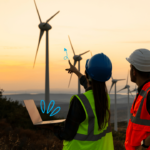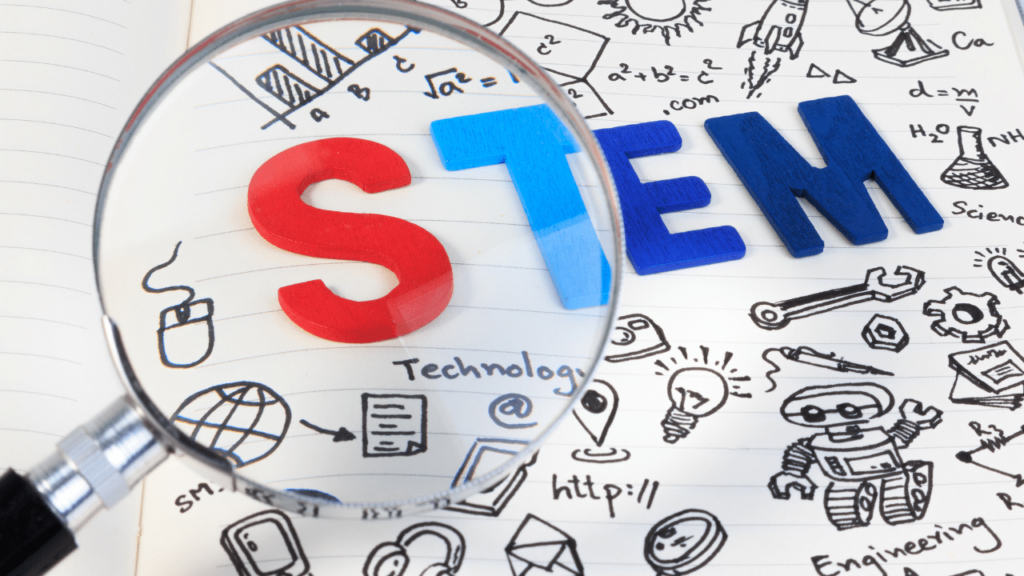Harnessing AI and ML in Renewable Energy.

AI and ML for Renewable Energy Optimization in renewable energy is a key innovation that has been advancing rapidly. It’s not just about high-tech wizardry and complex algorithms. In order to harness the latest developments in AI and ML for Renewable Energy Optimization, we need to combine these technologies in Renewable Energy with expertise from outside industries. Here’s why that’s exciting and how it’s shaping our energy future.
1. Forecasting:
AI and ML help us predict weather patterns, which is essential for wind and solar energy. Accurate forecasting means we can plan better, ensuring the right amount of energy when we need it.
2. Optimization of Energy Grids:
Balancing energy from different sources is like a delicate dance. AI steps in to harmonize it all, creating a more stable and efficient energy grid.

3. Predictive Maintenance:
Through machine learning algorithms, the system can predict when a component in a wind turbine or solar panel might fail. This allows for quick fixes, reduced downtime, and optimal energy production.
4. Energy Storage:
AI aids in optimizing how we store energy, and working out the best strategies for charging and discharging batteries. It’s an essential piece of the renewable energy puzzle.

5. Energy Efficiency in Buildings:
Machine learning algorithms can be used to control heating, ventilation, and air conditioning (HVAC) systems in buildings more efficiently. By analyzing historical data and real-time information, these algorithms can automatically adjust the systems to minimize energy consumption.
6. Resource Exploration:
AI can explore and evaluate renewable energy sources, making it easier to find new opportunities like geothermal energy.

7. Customized Solutions for Energy Production:
AI can design renewable energy solutions tailored to the specific geographic and climatic conditions of a region. By analyzing weather patterns, geographical features, and other factors, it can determine the ideal mix of renewable energy tech for any given area.
8. Integration with Conventional Energy Sources:
To allow for a smooth transition from fossil fuels to renewable energy, AI helps blend renewable and conventional energy, ensuring a seamless transition and the optimal energy mix.

9. Real-time Monitoring and Control:
With real-time data analysis, AI keeps a watchful eye on renewable energy installations, making instant adjustments as needed.
10. Supply Chain and Logistics Optimization:
From manufacturing to transportation, AI streamlines the entire process, reducing both costs and environmental impact.

11. Incorporating Specialists from Outside the Renewable Sector:
This is where things get particularly interesting. The renewable energy sector is embracing professionals from various fields and industries. It’s this blend of diverse skills and fresh perspectives that’s sparking innovation.
A Future Energized by Collaboration and Innovation:
The fusion of AI, ML, and expertise from different disciplines is more than a trend in renewable energy; it’s a pathway to a more sustainable future. By connecting the dots between technology and human creativity, we’re unlocking new potential and building an energy landscape that’s not only efficient but also adaptable and resilient. It’s about embracing change and working together, where every perspective has a role to play. And that’s what makes this journey toward renewable energy so promising and inspiring.

Click here to see our latest vacancies: https://bit.ly/3AeSmdT
Make sure to contact Rokas if you have any queries or want a quick chat: https://bit.ly/467TH2W
NÄCHSTE SCHRITTE.










